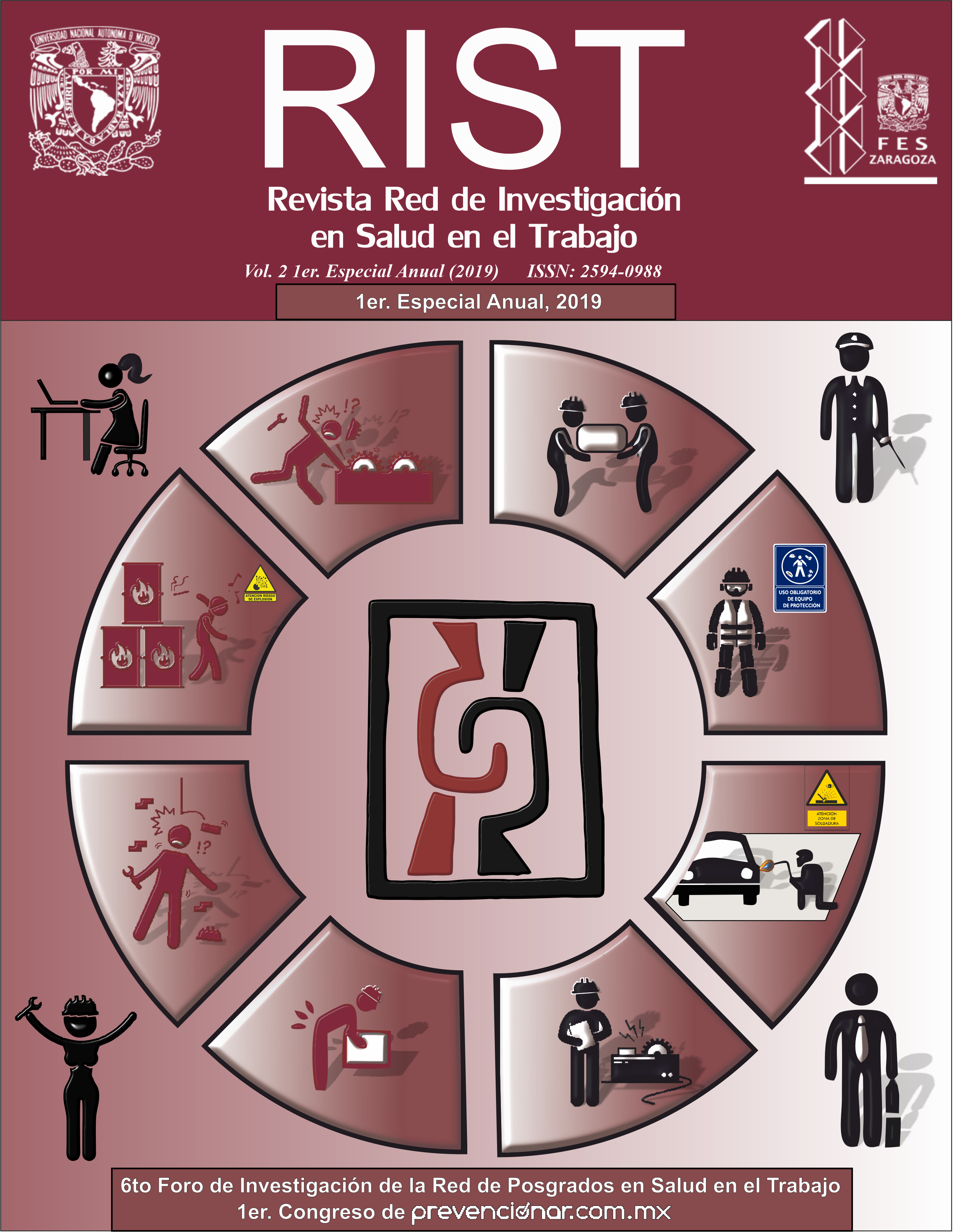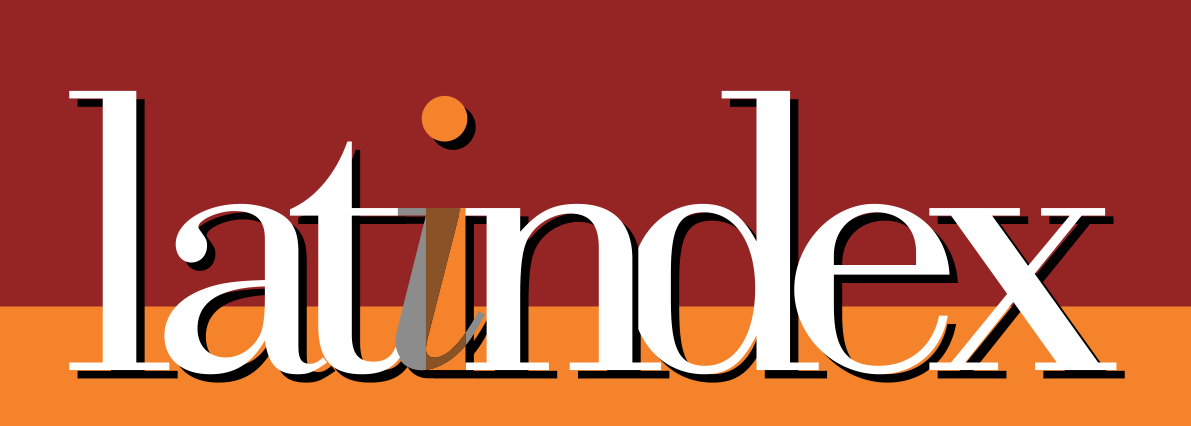Women in security forces - a bibliometric study / Mujeres en las fuerzas de Seguridad: un estudio bibliométrico
Resumen
Women in the police force, in this review, represented by the Portuguese police (responsible for public safety), the Federal Police of Brazil (responsible for border and road safety) and the specialized US police (FBI - intelligence services ) have common characteristics to the studies of women in the armed forces. Some studies indicates that family-work conflicts are more evident for police women, who opt for an administrative career to reconcile work and career. However, not without burden, then, career advancement in operational activities is faster and has more opportunities. This investigation demonstrates that, when both are police (couple) it is up to the woman to abdicate the career progression to reconcile with the children and housework.
##plugins.generic.usageStats.downloads##
Citas
ARCHER, E.(2012). The Power of Gendered Stereotypes in the US Marine Corps. Armed Forces & Society, v.39, n. 2, p. 359-391. DOI: 10.1177/0095327X12446924.
BALES, K; WASHBURN, J & BALES, J.(2012). Breastfeeding Rates and Factors Related to Cessation in a Military Population. Breastfeeding Medicine, v. 7, n. 6.
BARRATT, C; BERGMAN, M & THOMPSON, R. (2014). Women in Federal Law Enforcement: The Role of Gender Role Orientations and Sexual Orient. Sex Roles, v. 71, p.21–32.. DOI 10.1007/s11199-014-0388-2 ation in Mentoring.
BLANCH, J. M. (Org.). (2003). Teoría de las relaciones laborales. Barcelona: UOC.
CARREIRAS, H. (2006).Gender and the Military: Women in the Armed Forces of Western Democracies. Routledge. DOI: 10.1177/0095327X07307017.
CHU, D; ABDULLA, M. (2014).Self-efficacy beliefs and preferred gender role in policing. Oxford University Press, BRIT. J. CRIMINOL (ISTD), v, 54, p. 449–468. doi:10.1093/bjc/azu010.
DANIELS, A; SHERMAN, A. (2016).Model Versus Military Pilot: A Mixed-Methods Study of Adolescents’Attitudes Toward Women in Varied Occupations. Journal of Adolescent Research, v. 31, n. 2, p. 176–201.
DEJOURS, C. (1999).Conferências brasileiras. São Paulo: FGV.
DICHTER, M.E ; TRUE, G. (2015). ‘‘This Is the Story of Why My Military Career Ended Before It Should Have’’: Premature Separation From Military Service Among U.S. Women Veterans. Affilia: Journal of Women and Social Work, vol. 30(2) 187-199.
EPSTEIN, C. (2007).Great divides: the cultural, cognitive, and social bases of the global subordination of women. American Sociological Review, v.12, Fev, p.1- 25.
FAJFROVÁ, J; PAVLÍK, V; PSUTKA, J; HUSAROVÁ, M; KRUTIŠOVÁ, P & FAJFR, M. (2016).Prevalence of overweight and obesity in professional soldiers of the Czech Army over an 11-year period. Vojnosanit Pregl, v. 73, n.5, p. 422–428. DOI: 10.2298/VSP141120112F.
GIBBONS, W; SCOTT, G; BARNETT, D; HICKLING, J; HERBIG-WALL, L & WATTS, D.(2012). Stress, Coping, and Mental Health-Seeking Behaviors: Gender Differences in OEF/OIF Health Care Providers. Journal of Traumatic Stress, v. 25, february, p.115–119.
GORE, J; FRAY, L; WALLINGTON, C; HOLMES, K & SMITH, M. (2017).Australian School Student Aspirations for Military Careers: Traditional Perceptions in Shifting Contexts. Armed Forces & Society, vol. 43(2) 238-259.
GREER, W.(2017) Career Development for Women Veterans: Facilitating Successful Transitions From Military Service to Civilian Employment. Advances in Developing Human Resources, v. 19, n. 1, p. 54–65.
HUGHES, E. (1937) C. Institutional office and the person. American Journal of Sociology, 43, 404-413.
INESI, M; CABLE, D. (2015). When accomplishments come back to haunt you: the negative effect of competence signals on women’s performance evaluations. Personnel Psychology, v. n. 68, p. 615–657.
JAHNK, S; POSTON, C; HADDOCK, K; JITNARIN, N; HYDER, M & HORVATH, C. (2012).The health of women in the US fire servisse. BMC Women's Health, v. 12, n.39.
LESKINEN, A.; RABELO, V & CORTINA, L. (2015).Gender Stereotyping and Harassment: A “Catch-22” for Women in the Workplace. Psychology, Public Policy, and Law, © 2015 American Psychological Association, v. 21, n. 2, p. 192–204.
MANKOWSKI, M; TOWER, L; BRANDT, C. & MATTOCKS, K. (2015). Why Women Join the Military: Enlistment Decisions and Postdeployment Experiences of Service Members and Veterans. Social Work, v. 60, n. 4.
MUHR, S; SLØK-ANDERSEN, B.(2017). Exclusion and inclusion in the Danish Military: A historical analysis of the construction and consequences of a gendered organizational narrative. Journal of Organizational Change Management, v. 30, n. 3, pp.367-379. https://doi.org/10.1108/JOCM-10-2016-0195.
NOCK, M.; STEIN, M.; HEERINGA, S.; URSANO, R.; COLPE, L.; FULLERTON, C.; HWANG, I.; NAIFEH, J.; SAMPSON, N,; SCHOENBAUM, M.; ZASLAVSKY, A. & KESSLER, R. (2014).Prevalence and Correlates of Suicidal Behavior Among Soldiers Results From the Army Study to Assess Risk and Resilience in Servicemembers (Army STARRS). JAMA Psychiatry, v. 71, n. 5.
NOGUEIRA, S. & CASTELHANO, J. (2012). Gestão dos tempos e do percurso profissional: estratégias das mulheres em profissões definidas no masculino. Rev. Laboreal, v. 8, n. 1, • p. 42-55.
PERKINS, A; CSERJESI, R; ETTINGER, U; KUMARI, V; MARTIN, N & ARDEN, R. (2013).Personality and occupational markers of ‘solid citizenship’ are associated with having fewer children. Revista Elsevier, Personality and Individual Differences, v. 55, p. 871–876.
RIBEIRO, M. A. (2009). A trajetória da carreira como construção teórico-prática e a proposta dialética da carreira psicossocial. Rev. Cadernos de Psicologia Social do Trabalho. Vol. 12, (2), pp. 203-216.
ROSELLINI, A; STREET, A; URSANO, R; CHIU, W; HEERINGA, S; MONAHAN, J; NAIFEH, J; PETUKHOVA, M; REIS, B, SAMPSON, N; BLIESE, P; STEIN, M; ZASLAVSKY, A & KESSLER, R. (2017). Sexual Assault Victimization and Mental Health Treatment, Suicide Attempts, and Career Outcomes Among Women in the US Army. AJPH Research, v. 107, n. 5.
RUISEÑOR, E; LÓPEZ, A. (2010). Los Obstáculos para Dedicarse a la Investigación en Mujeres Estudiantes. Revista REMO, v.7, n. 18, México.
SAVICKAS, M. (2001).L. A developmental perspective on vocational behavior: career patterns, salience, and themes. International Journal for Educational and Vocational Guidance, v. 1, p. 49-57.
SEGAL, W; LANE, D. & LCSW-C, CT†. (2016). Conceptual Model of Military Women’s Life Events and Well-Being. Military Medicine, v.181, n.1:12.
SILVA, J. & GOMES, A. (2016). Inserção de Mulheres no Patrulhamento de Rodovias: Um estudo no Interior Baiano. Revista Latino-americana de Geografia e Gênero, Ponta Grossa, v. 7, n. 2, p. 19 – 33.
SMITH, G.; ROSENSTEIN, E. (2017). Gender and the Military Profession: Early Career Influences, Attitudes, and Intentions. Armed Forces & Society, v.43, n. 2, p. 260-279.
URSANO, R; KESSLER, R; STEIN, M.; NAIFEH, J; ALIAGA, P; FULLERTON, C; WYNN, G; VEGELLA, P; NG, T; ZHANG, B; WRYTER, B; SAMPSON, N; KAO, T; COLPE, L; SCHOENBAUM, M; MCCARROLL, J; COX, K & HEERINGA, S. (2016).Risk Factors, Methods, and Timing of Suicide Attempts Among US Army Soldiers. JAMA Psychiatry, v. 73, n.7, p. 741-749.DOI:10.1001/jamapsychiatry.2016.0600
VERTREES, A; LAFERRIERE, N; ELSTER, E; SHRIVER, D. & RICH, N. (2014).Female military medical school graduates entering surgical internships: are we keeping up with national trends? The American Journal of Surgery, v. 208, p. 550-555.
YU, H. (2015). An Examination of Women in Federal Law Enforcement: An Exploratory Analysis of the Challenges They Face in the Work Environment. Feminist Criminology, v. 10, n. 3, p. 259– 278.

Esta obra está bajo licencia internacional Creative Commons Reconocimiento-NoComercial-CompartirIgual 4.0.
Al proponer un trabajo para su publicación, los autores aceptan las condiciones contenidas en las presentes normas de la revista Red de Investigación en Salud en el Trabajo y conservan los derechos patrimoniales sobre el artículo en cuestión, a fin de que ésta lo edite, publique, reproduzca, difunda, comercialice, traduzca o autorice su traducción a cualquier idioma.
Los artículos aceptados serán publicados en la revista Red de Investigación en Salud en el Trabajo bajo una licencia de Creative Commons Reconocimiento-NoComercial-CompartirIgual 4.0 Internacional.
Los trabajos propuestos deberán ser originales e inéditos, y no podrán presentarse a ninguna otra revista mientras se encuentren sometidos a la consideración de la revista Red de Investigación en Salud en el Trabajo. También se reciben trabajos completos publicados previamente en forma de resumen, o trabajos no publicados presentados en congresos o seminarios.
Todos los trabajos serán publicados con pleno conocimiento de los autores.
Los artículos firmados son responsabilidad de los autores y no necesariamente reflejan la opinión de la revista, o de la institución a la que están afiliados los autores.















